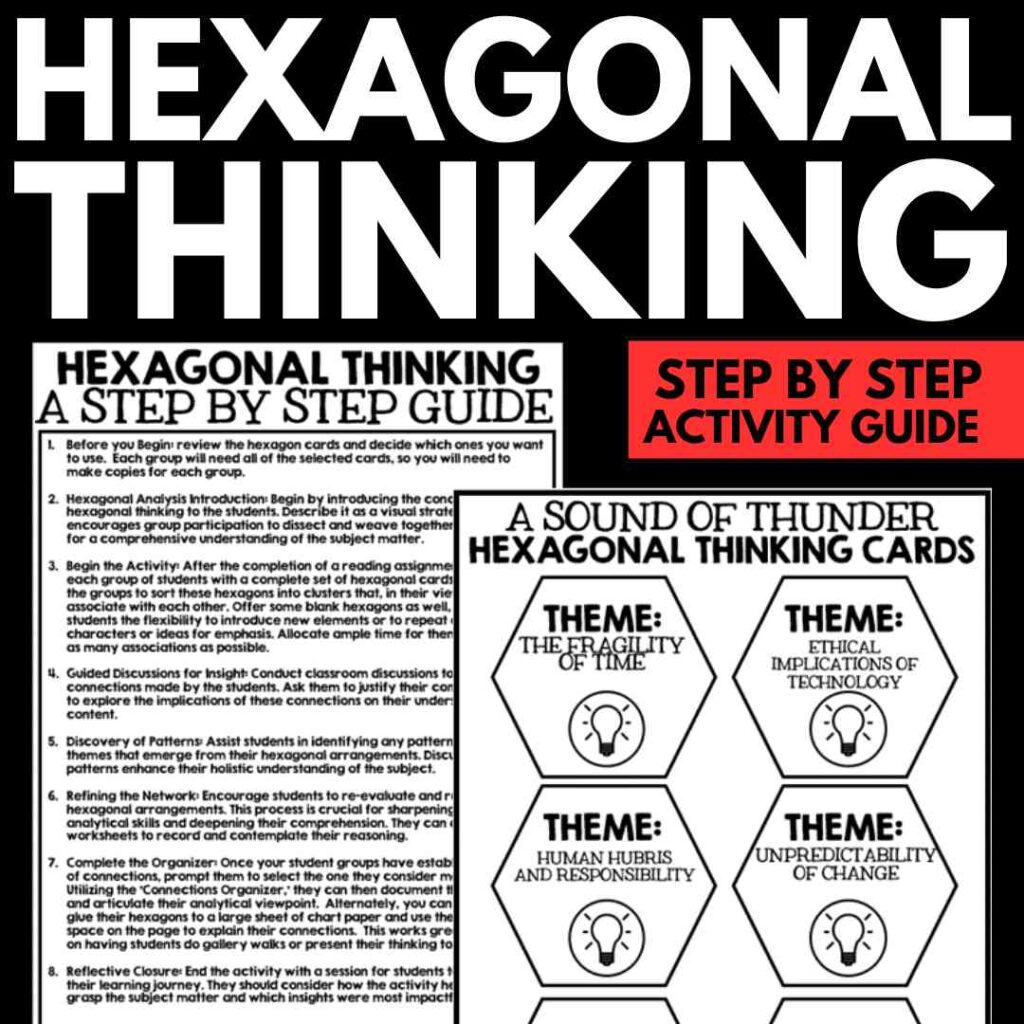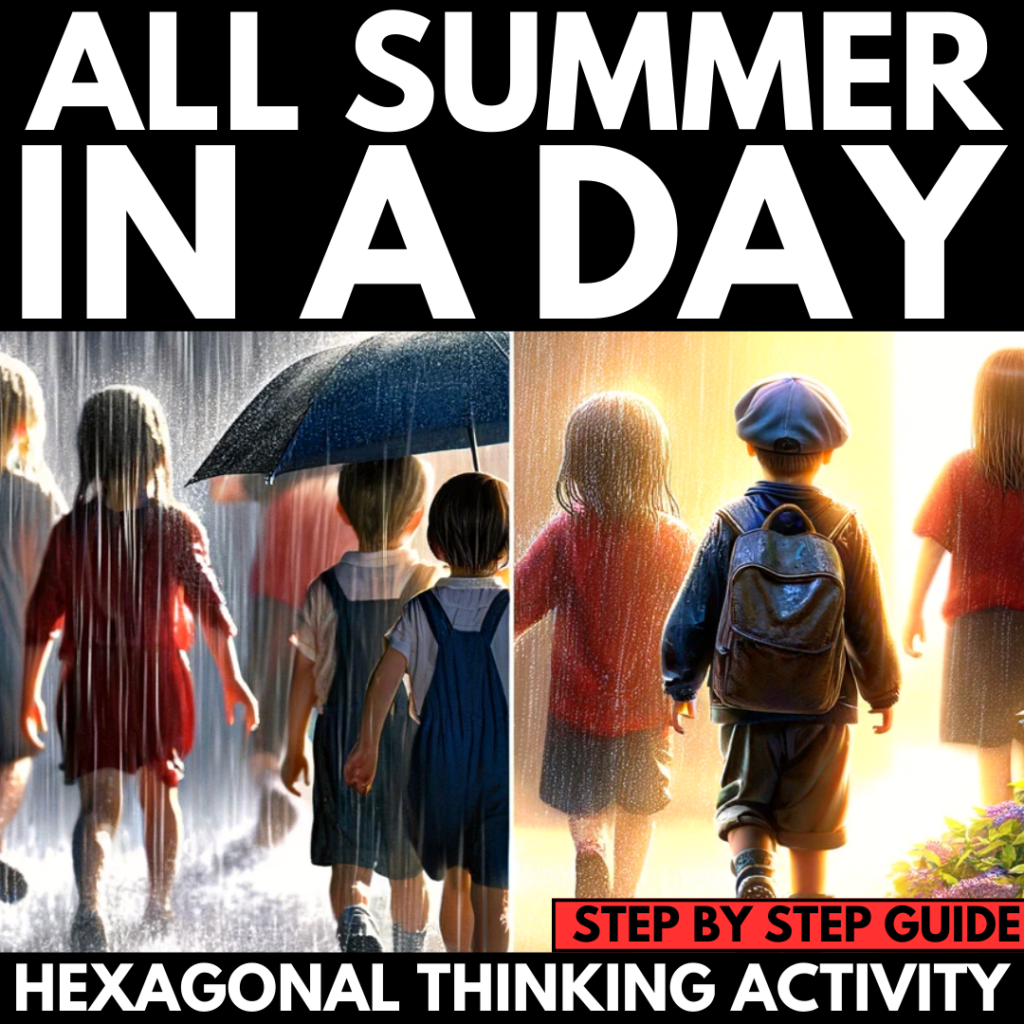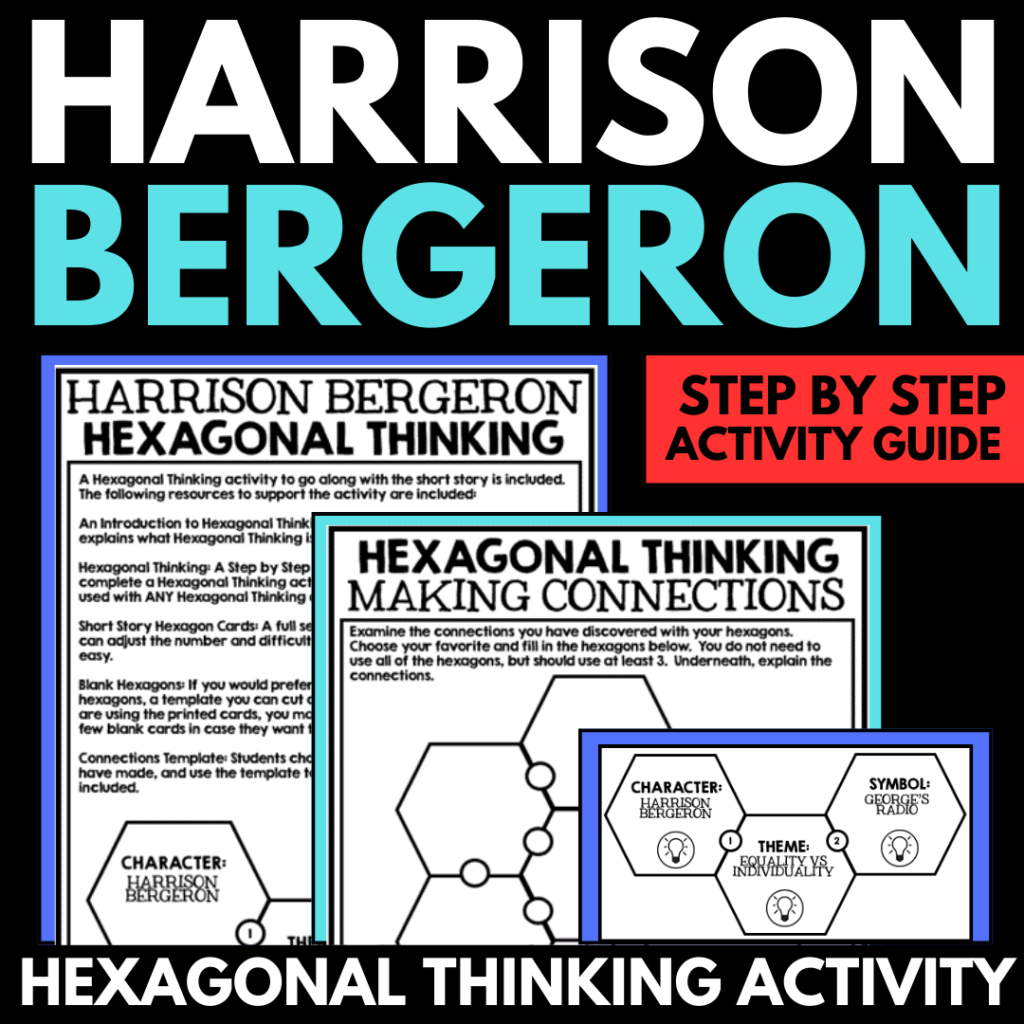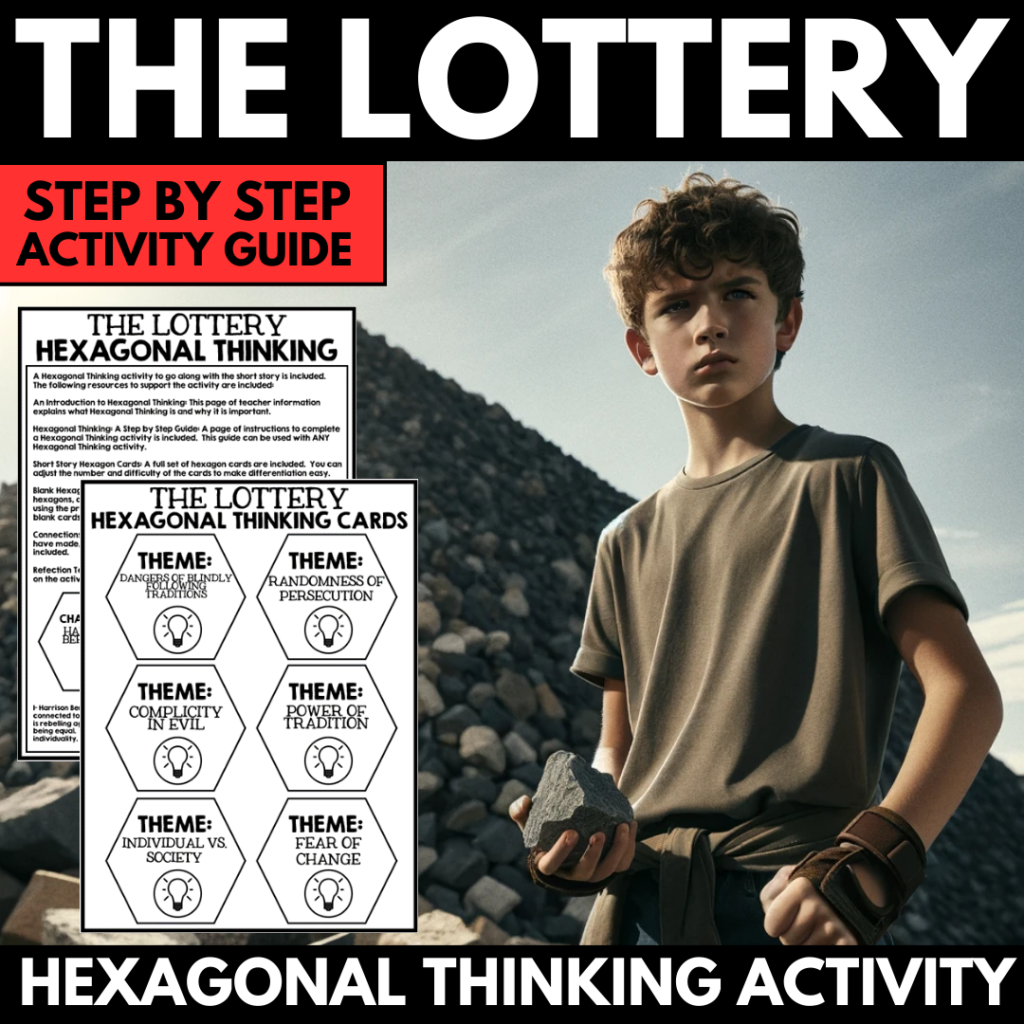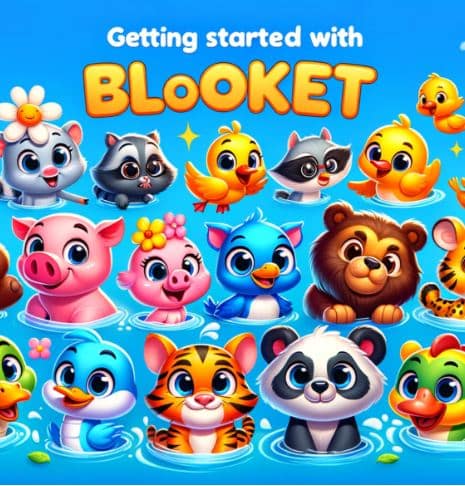An Introduction to Hexagonal Thinking
By MARISSA DESPINS Updated April 21, 2024
In a world that’s constantly evolving, innovative thinking isn’t just a bonus—it’s essential. Enter hexagonal thinking, a visual tool that’s reshaping how we approach learning, brainstorming, and problem-solving. This method encourages students to explore how ideas and concepts interconnect in a dynamic, visually stimulating way. Hexagonal thinking can foster creativity, enhance critical thinking, and promote a deeper understanding of complex subjects.
Looking for some no-prep resources to help you teach these activities in your classroom? Click on the image or button below to see of the Hexagonal Thinking resources available in my TPT shop!
What is Hexagonal Thinking?
Hexagonal Thinking is an innovative instructional strategy that promotes deep understanding and connections among ideas, concepts, or pieces of knowledge. It involves the use of hexagonal cards, each with a single idea, term, character, or quote. Participants then work individually or in groups to arrange these hexagons in a way that visually represents the connections they see. This method encourages critical thinking, collaboration, and the synthesis of ideas. Because of this, it is particularly effective in the literature classroom where understanding relationships between themes, characters, and events is really important.
Why Is Hexagonal Thinking Important
Hexagonal Thinking is invaluable in the English classroom because it transforms abstract thoughts into a tangible, visual map of understanding. This strategy not only helps with the comprehension of complex literary works but also fosters students’ ability to see from multiple perspectives, debate with evidence, and build on each other’s ideas. As an added bonus, it aligns with current best practices in education that prioritize student-centered learning, critical thinking, and the development of 21st-century skills.
There is no right or wrong answers for Hexagonal Thinking activities – however, students must be able to justify and explain their connections.
Differentiation is easy. You can make these types of activities more or less difficult by providing different cards to different groups of students.
What are the Benefits of Hexagonal thinking?
Hexagonal thinking activities foster critical thinking and creativity among participants. Here are several benefits of incorporating hexagonal thinking activities in the ELA classroom:
1. Enhances Critical Thinking: Hexagonal thinking requires participants to make connections between ideas, concepts, or facts. This enhances critical thinking skills. It pushes individuals to see beyond surface-level associations and deeply explore how and why things are interconnected.
2. Promotes Creativity: The open-ended nature of arranging hexagons allows for creative expression. Participants can explore multiple pathways and perspectives, leading to innovative ideas and solutions.
3. Improves Communication Skills: As participants discuss and justify the connections they see, they practice voicing their thoughts and ideas clearly. This promotes better communication skills, including listening, speaking, and presenting arguments.
4. Encourages Collaboration: Hexagonal thinking can be a collaborative activity where participants work together to create and discuss connections. This teamwork enhances social skills, teaches compromise, and can lead to a deeper understanding of the material through peer learning.
5. Facilitates Deeper Understanding: By actively engaging with the material and making connections, participants can achieve a deeper understanding of the content. This method helps in identifying relationships between concepts that might not be immediately apparent, leading to a more comprehensive understanding of the subject matter.
6. Adaptable Across Disciplines: Hexagonal thinking is not limited to one subject area. It can be used in various educational disciplines, from literature and history to science and math, making it a versatile teaching and learning tool.
7. Supports Differentiated Learning: This strategy can be tailored to suit different learning styles and abilities. Whether through the complexity of the connections made or the method of engagement, hexagonal thinking can be adapted to challenge advanced learners while still being accessible to those who might need more support.
8. Engages Students in Active Learning: Instead of passive learning, hexagonal thinking requires active participation. Students are more engaged because they are directly involved in the process of learning and discovery.
9. Visual Learning Aid: The visual aspect of hexagonal thinking helps visual learners to see connections and relationships physically. This can aid in memory retention and understanding of complex works.
10. Encourages Reflective Thinking: After the activity, participants can reflect on the connections they made and how their understanding has evolved. This reflection is an essential part of the learning process, promoting metacognition and the ability to evaluate one’s thought processes.
Incorporating hexagonal thinking activities into learning environments can significantly enhance the educational experience, making learning more interactive, enjoyable, and effective.
How do Students Complete a Hexagonal Thinking Activity?
Follow these steps to guide your students through the learning process.
1. Before you Begin: review the hexagon cards and decide which ones you want to use. Each group will need all of the selected cards, so you will need to make copies for each group.
2. Hexagonal Analysis Introduction: Begin by introducing the concept of hexagonal thinking to the students. Describe it as a visual strategy that encourages group participation to dissect and weave together various ideas for a comprehensive understanding of the subject matter.
3. Begin the Activity: After the completion of a reading assignment, provide each group of students with a complete set of hexagonal cards. Encourage the groups to sort these hexagons into clusters that, in their view, logically associate with each other. Offer some blank hexagons as well, allowing students the flexibility to introduce new elements or to repeat certain characters or ideas for emphasis. Provide time for students to explore as many associations as possible.
4. Guided Discussions for Insight: Encourage classroom discussions to explore the connections made by the students. Ask them to justify their connections.
5. Discovery of Patterns: Assist students in identifying any patterns or recurring themes that emerge from their hexagonal arrangements. Discuss how these patterns enhance their holistic understanding of the subject.
6. Refining the Network: Encourage students to re-evaluate and refine their hexagonal arrangements. This process is crucial for sharpening their analytical skills and deepening their comprehension. They can also use worksheets to record and contemplate their reasoning.
7. Complete the Organizer: Once your student groups have established a series of connections, prompt them to select the one they consider most profound. Utilizing a ‘Connections Organizer,’ they can then document this relationship and articulate their analytical viewpoint. Alternately, you can have students glue their hexagons to a large sheet of chart paper and use the remaining space on the page to explain their connections. This works great if you plan on having students do gallery walks or present their thinking to the class.
8. Reflective Closure: End the activity with a session for students to reflect on their learning journey. They should consider how the activity helped them grasp the subject matter and which insights were most impactful.
Looking for some ready to teach activities?
Click on the images or buttons below to see these fun Hexagonal Thinking activities available in my TPT shop. I have a wide variety of different resources available! Each resource contains everything you need to complete this type of activity.
Interested in more posts like this?
Check out these related posts below!
Character Analysis Activities for Middle School
Teaching Characterization with Bridge to Terabithia
Hatchet Novel Study Activities: Character Analysis
Interested in signing up for my email list?
If you are interested in signing up for my email list, you can do so by clicking on the link below. I periodically send out emails with free resources, teaching tips, and exclusive deals. Signing up will also give you immediate access to some of my best selling Interactive Notebook resources – foldable activities, graphic organizers, and other fun activities.
